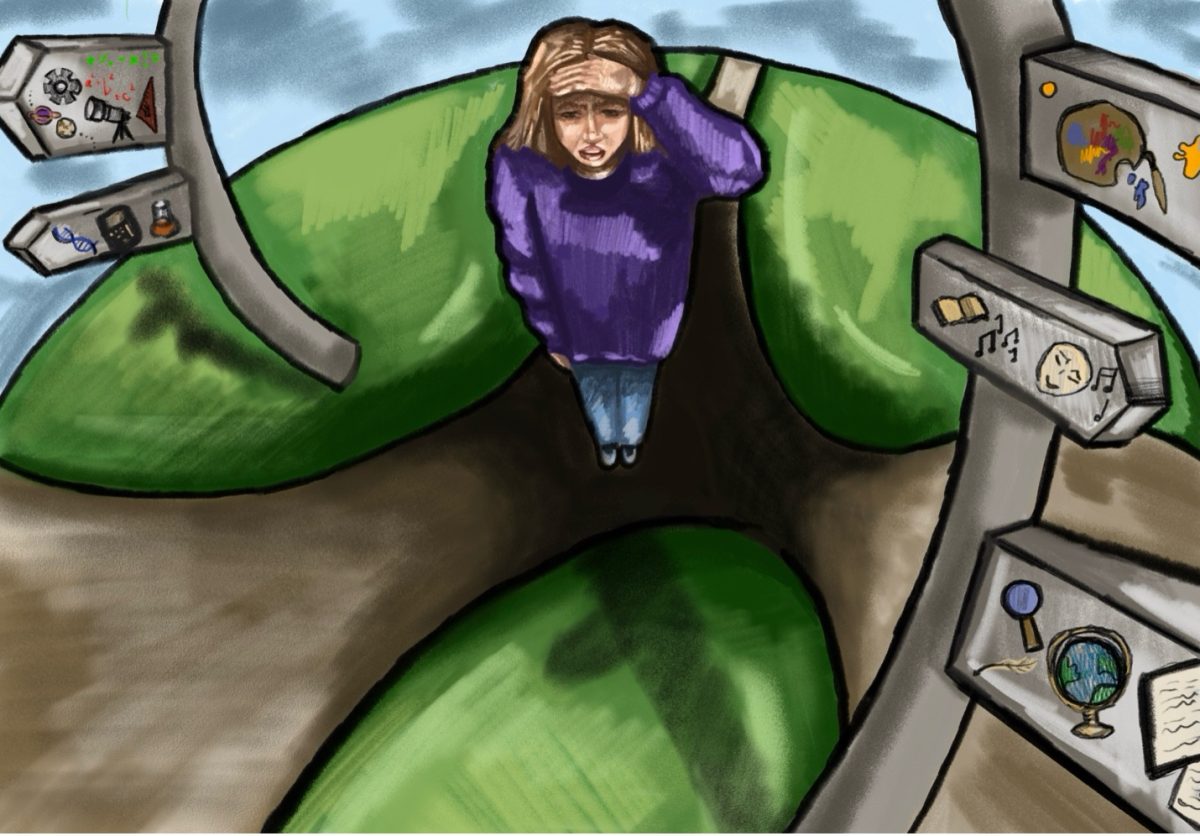Reading Joy Luck Club seems to be an Asian-American rite of passage, given that it’s virtually the only book about Asian-American life to have become a household name. The copy that I picked up at the beginning of the summer was under the must-read section at Barnes & Noble, and its cover donned a shiny sticker that read, “25th Anniversary Edition.”
I paid for the book while wondering how Asian-American literature has grown since 1989. When I finally got around to googling it, I found a sizable list—certainly more than I expected. But I had only really heard of a few, two of them introduced to me through glances at books carried by classmates taking Core classes—Native Speaker by Chang-Rae Lee, Dictee by Theresa Hak Kyung Cha, American Born Chinese by Gene Luen Yang. Take this with a grain of salt because I’m not super well-read, but none of these has really entered the mainstream consciousness the way Joy Luck Club has.
The dearth of Asian-American voices in the media—film, TV, you name it, but books in particular—has loomed over my coming-of-age in this country. As an impressionable second grader, I read books like Ramona’s World and Sideways Stories from Wayside School, both children’s classics about kids who ate sandwiches for lunch. I looked up to these books as normative statements about life as an American child and was subsequently embarrassed when my mom would pack me fried rice. I laugh about it now, but back then I just really hated lunch.
The idea that an Asian American could be the protagonist in a book didn’t even occur to me until I saw it at my fourth-grade book fair. Millicent Min, Girl Genius by Lisa Yee was on the bottom shelf in the fiction section, and when I saw that the cover featured an Asian-American girl, I snapped it up and read it at least six times.
Since elementary school, I haven’t felt particularly marginalized or isolated in the same way (fortunately). By the time high school rolled around, I was not looking toward books or TV for self-validation. But I think that’s what’s so difficult about an issue like media representation: The problem is benign enough to be shoved under a rug for later attention. No one is dying, and no explicit injustices have been committed. Frankly, in the process of writing this article, I’ve had to re-convince myself at least three times that this issue was worth raising, that I wasn’t just nitpicking or misunderstanding the situation.
But perhaps my uncertainty is part of the problem, for the mere presence of Asian-American figures in the media makes a statement about what it means to belong in America. That’s what I searched for as a kid—belonging. What does it mean for me to be born and raised in America with parents from a different culture, language, values? Can I still fit in without having to sacrifice or deny those values? That I am uncertain about the answers to these questions speaks to the contradiction I have sensed between the sizable list of Asian-American works on the market and the little attention that they have received in the past few decades.
Junot Diaz, writer of the Pulitzer Prize–winning The Brief Wondrous Life of Oscar Wao, has written and spoken extensively about racial diversity in the American literary tradition. Last year at the Chicago Humanities Festival, Peter Sagal asked Diaz what he thought about his status as a voice for the Dominican-American community. He responded:
“…One book cannot represent 10 million people. I think a book can open up conversations with a whole wide range of folks, including perhaps the community that the book is set in. But I’m always cautious because I know that what really communities need—irregardless of what their composition is—communities need a diversity of books. And I think just having four or five books about a Dominican diasporic experience—or we can name six or seven books about immigrants—is not precise[ly] what you all need. I think what we need is a much greater amount. What we need is a greater sense of how these narratives aren’t just sort of interesting outshoots, but that we have to get to the heart of what it means to be in this project we call America, and how immigration is such a huge part of it.” Limiting the portrayal of the diverse groups in this country to one or two stories creates stereotypes and myopic versions of what it means to belong to these communities, robbing many Americans of dignity and identity.
Increasing media representation is not about getting one or two or even 10 voices into the mix, but rather subverting the assumption that such works are a mere tangent of American literature.
PS: YouTube has become an unexpected platform for media representation in the Asian-American community. If you’re curious, check out the work of Wong Fu Productions, Ryan Higa, Anna Akana, and, though she’s not American, my personal favorite, Natalie Tran
Kristin Lin is a third-year in the College majoring in political science. Summer Musings is a Viewpoints blog that publishes on Tuesdays and Fridays through September 26.







